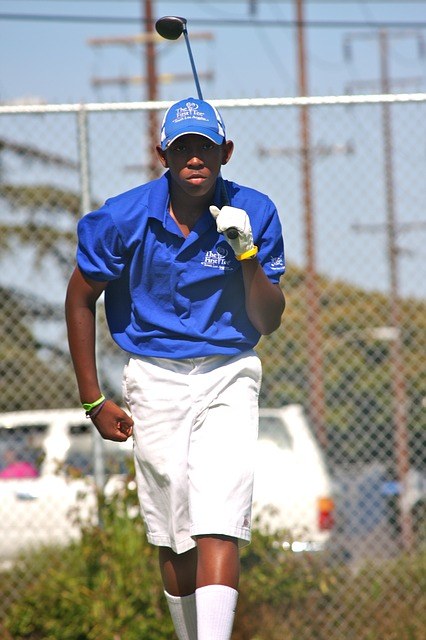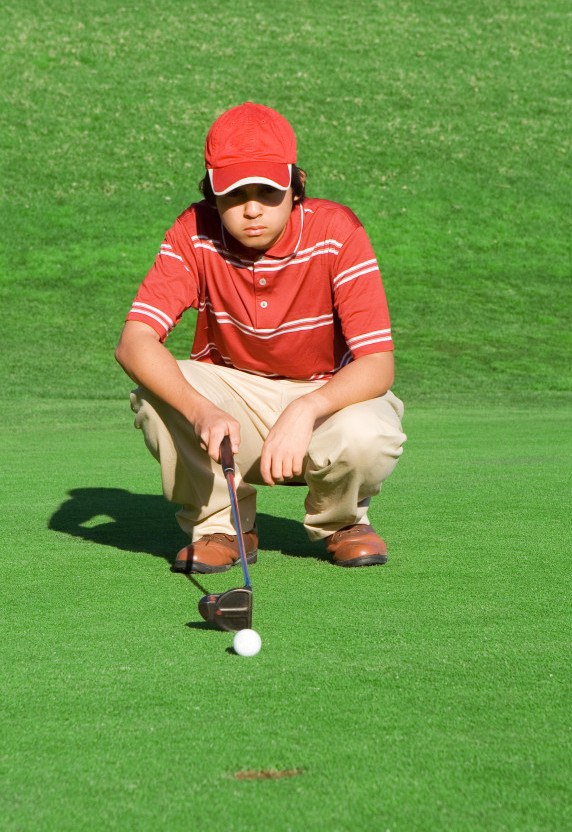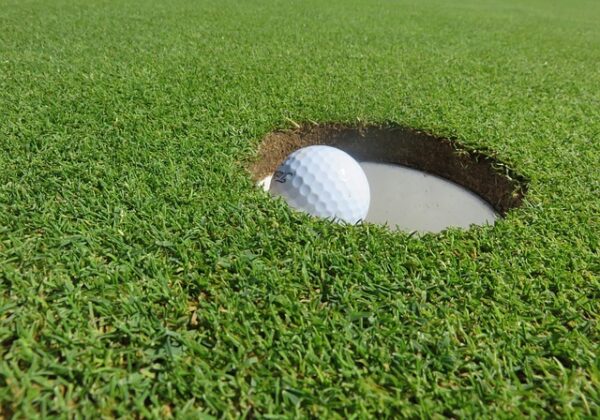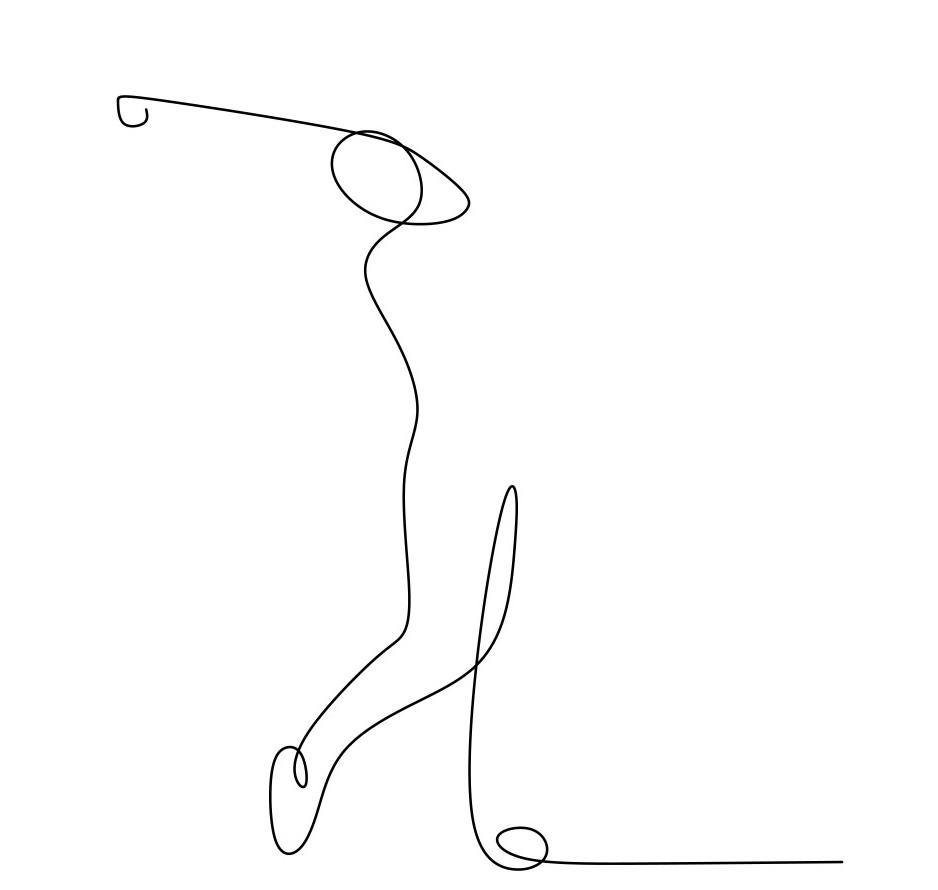 It is a pretty common belief that the sooner you start hitting the little white ball, the better you can potentially become. Everyone knows about Tiger smashing it aged two, right? Of course, for every tour pro who was given his first club before he could walk, there are hundreds who never want to see a golf course again after being taken there daily by pushy parents as kids or being told to swing in front of the mirror every day after school.
It is a pretty common belief that the sooner you start hitting the little white ball, the better you can potentially become. Everyone knows about Tiger smashing it aged two, right? Of course, for every tour pro who was given his first club before he could walk, there are hundreds who never want to see a golf course again after being taken there daily by pushy parents as kids or being told to swing in front of the mirror every day after school.
[toc]
Nobody likes the idea of making their kids hate the game (I hope) but most of us would be pretty happy to share a round with our offspring and perhaps hope that they share our love of the game too (although it might be good if they stopped short of addiction!) Enjoyment certainly increases if we get good at something and golf can be incredibly frustrating in this respect. So how do you tread the tightrope between helpful advice and pushy parent? Which tips work and which are really setting the little one up for a life of slicing?
There Are Many Ways to Approach the Fundamentals
If you look at golfers on the pga tour, you won’t see just one way of doing things. Between a Jim Furyk and a Rory McIlroy, even the non-golfer should be able to see a difference! There are lots of good ways to grip a club and swing it and you can hit some decent shots in all sorts of ways.
You might think that the way you learnt to grip, stand, swing or whatever is the only way, but really it isn’t. Why not just put a club in your kid’s hand and see what he does with it? He puts his hands the wrong way round? Maybe he will end up playing professionally 😉
Play , Don’t Teach
Unless you are a teaching pro, you shouldn’t be giving a lesson. In fact, even if you are a teaching pro, you shouldn’t be giving a lesson to your on child if they are taking up the game. Unless you have the next Tiger (and even that is debatable…) you should be playing the game. If possible, get out on the course. If you are on the practice green, go round the holes rather than trying to perfect his or her stroke because you know that is never going to happen, right?
Kids love to play and if their earliest memories are of playing the game rather than learning that horribly unnatural takeaway on the range, they could well be a golfer for life. When that happens, they will actually start begging you to take them to the range or short game area because they are bitten by the bug.
Forget Obstacles
As golfers, there are certain things that paralyze us. Think of that long approach over water. Of short-siding yourself when you have a bunker in the way. Or maybe that tee shot where the trees on either side of the fairway actually seem to touch.
You know how it is. You check the distance five times on your rangefinder, your grip tightens, the swing gets short and jerky and there’s your ball in the water, the sand or the trees. Why is this? There are probably lots of reasons but one of them is the way we see hazards. We focus on them. If you don’t believe me, think how you would describe a hole to another golfer.
“The eighth? Is that the narrow par four with water down the left? Two pot bunkers on the right of the green?”
We would never say this:
“The eighth? Beautiful hole with that magnificent view of the lake? The green really stretches out front to back.”
We are obsessed with what can go wrong. don’t let this approach become dominant right from the start. Take a few old balls and deliberately hit them in the water-kids love this! Do target practice at the bunker or play shots from behind trees for fun. These challenges are what make golf interesting. If we find ourselves in there, it is part of the joy of the game.
Safe and Courteous
Kids don’t see the same things as we do out on the course. It wouldn’t enter your mind to run out onto the range and get that ball back when twenty golfers are hitting balls in that direction all around you. Clearly, you aren’t going to step behind someone who is about to start his backswing.
This stuff isn’t obvious at all for a child, especially one who hasn’t spent much time on the course. The first thing you should do is keep them safe and make sure that they aren’t putting anyone else at risk. The consequences of a golf ball in the wrong place can range from hilarious to dramatic, so you need to take that out of the equation.
This is easily done. Make sure that they are always in the stall in front of you on the range.
The same is true for etiquette on the course. We all, unfortunately, meet golfers who don’t respect these written and unwritten rules. Why not make sure that your child is one of the good guys who actually rakes bunkers, repairs pitch marks and keeps quiet while others are hitting their shots.
Give Them The Right Equipment
My thoughts on fitting change quite regularly. This often depends on whether I have just shot a terrible round with something custom fit for me or a great one with something completely off the rack! For kids, getting the right equipment is really important.
Adult clubs are going to be too long and heavy and will effect the swing. If you give something with a standard weight and swingweight to a child, his swing will probably become shorter and flatter than it would otherwise be. This isn’t to say that short and flat is a bad way to swing a golf club-it isn’t. But having a movement forced on you through ill-adapted clubs must be a mistake. It will be really tough for any youngster to make decent contact with the ball and you are likely to see a range of fats, thins and air-shots.
Cutting down clubs won’t really solve the problem because they will still be heavy and have now become badly balanced too!
The right approach is to invest in some junior clubs. There are some excellent products now that are designed for juniors with different versions for different ages and heights. These are usually available in half (or less) sets and shouldn’t cost a fortune either. You should find it fairly easy to sell these on when your kid moves up to the next size because there are always youngsters looking for a cheap set to get them started.
Praise is Always Good
Someone will probably chime in here with something about ‘constructive criticism’. Believe me, after twenty years in teaching, I do understand what this means! Really young children don’t work like that. They tend to be far more black and white in the way they see the world and things end up as fun or not fun.
Praise is a good way to ensure that golf stays firmly on the ‘fun’ pile. This doesn’t mean reserving praise for when something works exactly like it should either. if he swings and digs a trench behind the ball (which doesn’t move) what about ‘You really had a great swing at that one!’ or ‘nice roll! good job! as he putts one back off the green. It is all good. Really.
Anything that gets kids into the game and enjoying it is good in my book. Put yourself in his place. Think what is going to make this sport one of the fun things in his life. As long as you are keeping him safe, you are doing it right.






